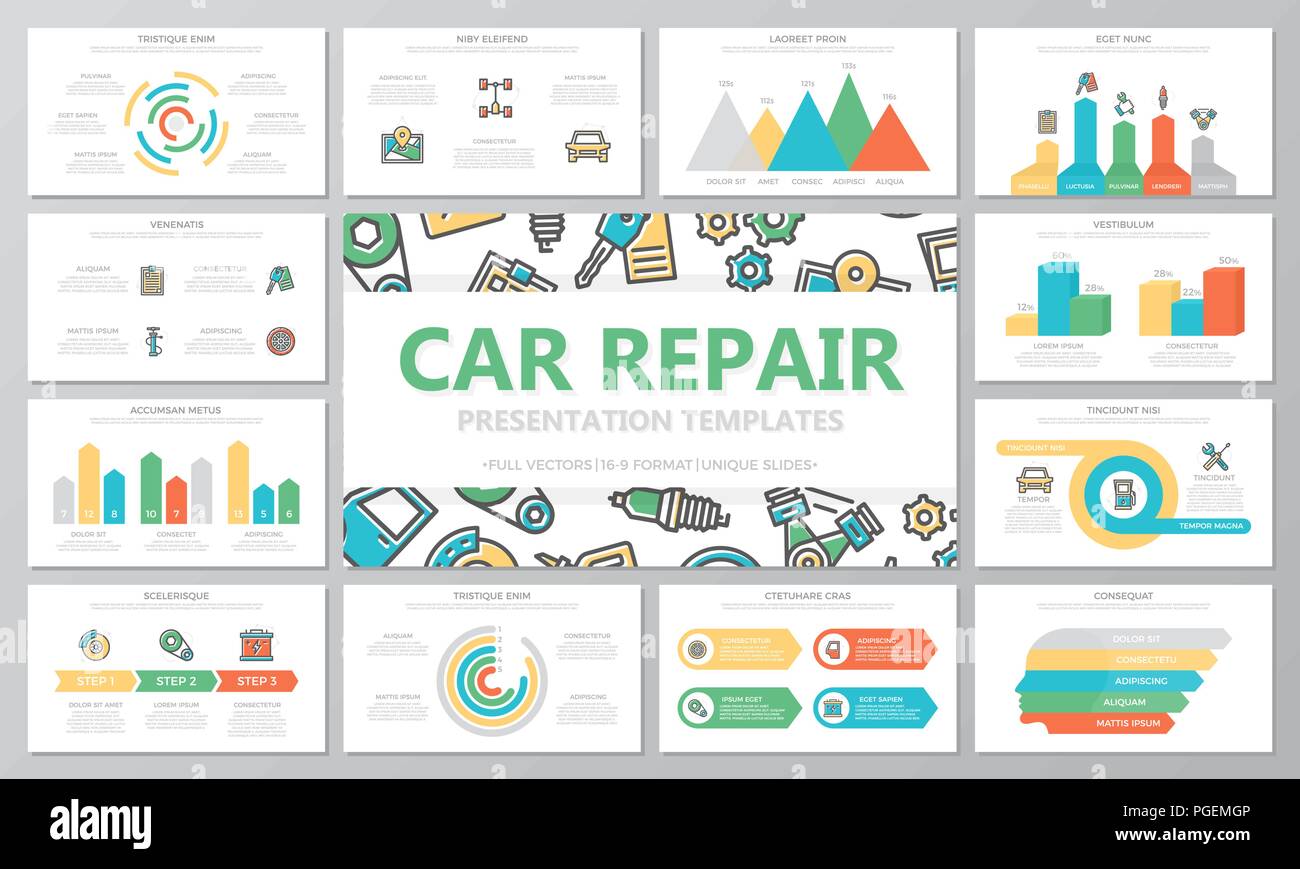Understanding Your Automobile'S Warning Lighting: What Do They Actually Mean?
Understanding Your Automobile'S Warning Lighting: What Do They Actually Mean?
Blog Article
Written By-Lim Winters
When you're behind the wheel, those beautiful caution lights on your dashboard can be a bit complicated. Do you know what they're trying to tell you concerning your auto's health and wellness? Recognizing the importance of these lights is vital for your safety and security and the durability of your vehicle. So, the following time among those lights appears, would not you want to decipher its message precisely and take the needed steps to address it?
Common Warning Lights and Interpretations
Recognize common caution lights in your car and understand their significances to make sure secure driving.
The most common warning lights consist of the check engine light, which signals problems with the engine or exhausts system. If this light comes on, it's crucial to have your vehicle inspected without delay.
The oil pressure cautioning light indicates reduced oil pressure, requiring prompt attention to avoid engine damage.
A flashing battery light may suggest a defective charging system, possibly leaving you stranded otherwise dealt with.
The tire stress monitoring system (TPMS) light notifies you to low tire stress, impacting vehicle security and gas effectiveness. Ignoring car buffing can result in dangerous driving problems.
The abdominal light suggests a trouble with the anti-lock stopping system, jeopardizing your capability to quit quickly in emergencies.
Last but not least, the coolant temperature alerting light warns of engine overheating, which can result in serious damage otherwise dealt with promptly.
Comprehending these usual caution lights will certainly help you address concerns quickly and keep risk-free driving problems.
Significance of Prompt Focus
Recognizing the common caution lights in your cars and truck is just the initial step; the relevance of without delay addressing these cautions can not be highlighted sufficient to ensure your safety when traveling.
When a warning light illuminates on your control panel, it's your auto's way of connecting a possible concern that needs focus. Disregarding these warnings can bring about extra severe issues in the future, jeopardizing your safety and security and possibly costing you more out of commission.
Motivate focus to cautioning lights can stop break downs and mishaps. As an example, a flashing check engine light might show a misfire that, if left unattended, might trigger damages to the catalytic converter. Resolving this promptly can save you from a pricey repair service.
In a similar way, a brake system warning light may signal reduced brake fluid or used brake pads, critical elements for your safety when driving.
DIY Troubleshooting Tips
If you discover a warning light on your control panel, there are a few DIY troubleshooting ideas you can attempt prior to looking for professional aid.
The very first step is to consult your vehicle's handbook to recognize what the particular caution light shows. Often the issue can be as basic as a loose gas cap setting off the check engine light. Tightening the gas cap may resolve the problem.
Another common issue is a low battery, which can activate various cautioning lights. Inspecting the battery connections for rust and ensuring they're safe and secure may repair the issue.
If a warning light continues, you can try resetting it by separating the car's battery for a few minutes and after that reconnecting it. Furthermore, inspecting https://www.underhoodservice.com/the-next-generation-in-automotive-repair-cytk-smart-search/ , such as oil, coolant, and brake liquid, can aid repair advising lights connected to these systems.
Conclusion
To conclude, comprehending your car's caution lights is necessary for maintaining your vehicle running efficiently and securely. By quickly addressing these alerts and knowing what they indicate, you can avoid costly fixings and possible failures.
Remember to consult your automobile's guidebook for particular details on each warning light and take action appropriately to make certain a hassle-free driving experience.
Remain educated, remain risk-free when driving!
